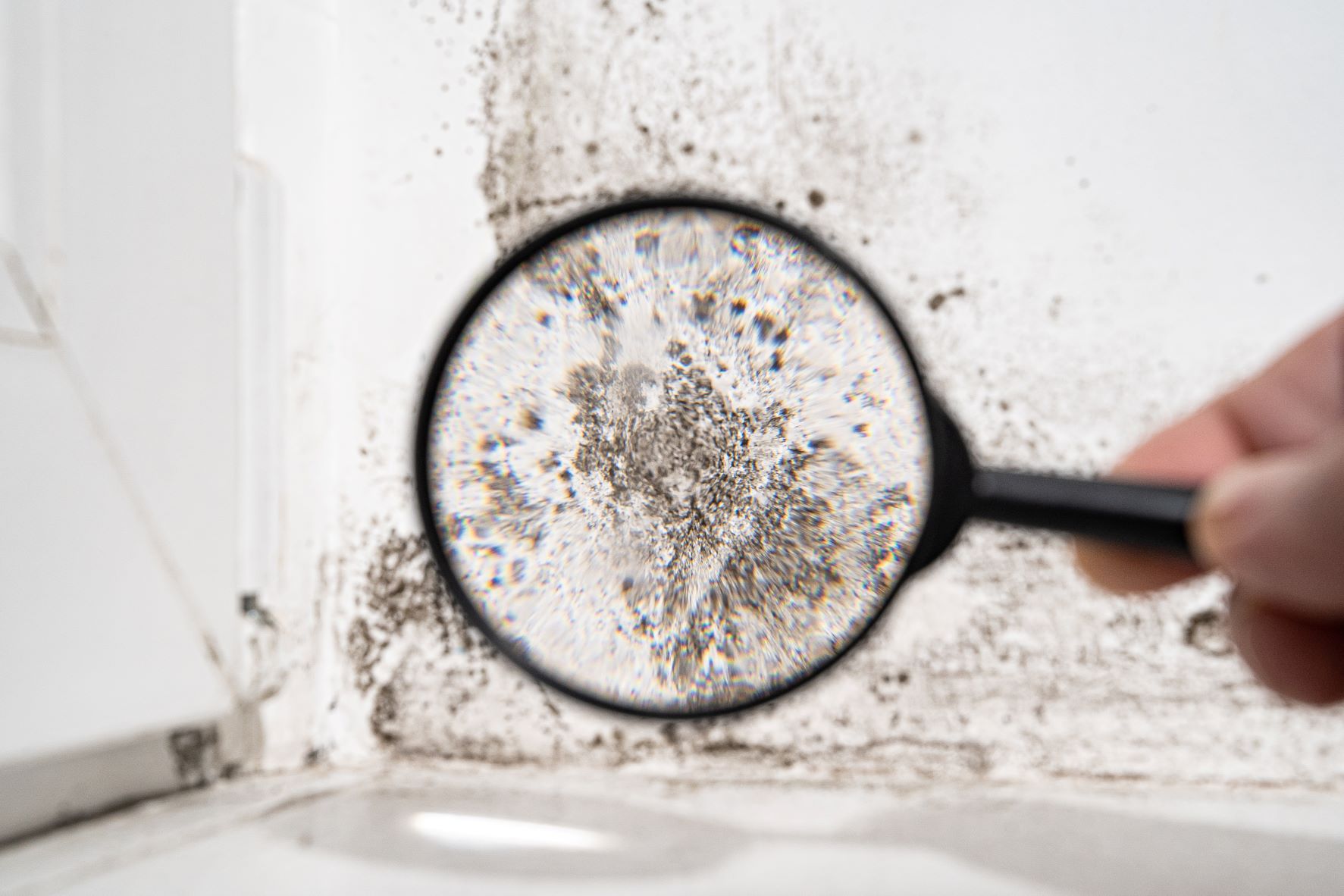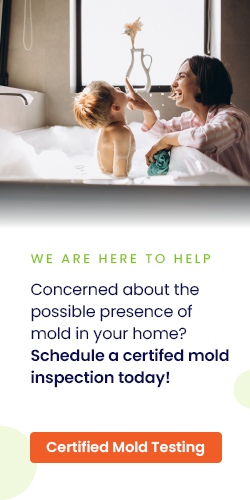Mold is a common household problem that can have significant impacts on indoor air quality and health. Among the various types of mold that can infest your home, Cladosporium is one of the most prevalent. This genus of mold is found both indoors and outdoors and is known for its potential to cause a variety of health issues, particularly in people with mold allergies, asthma, or weakened immune systems.
In this comprehensive guide, we’ll dive deep into what Cladosporium is, how to recognize it, the symptoms associated with exposure, and why testing for Cladosporium is crucial for maintaining a healthy indoor environment. We’ll also provide practical advice on how to prevent and remediate Cladosporium infestations in your home.
What is Cladosporium?
Cladosporium is a genus of fungi that includes more than 40 species. It is one of the most common mold genera found worldwide, particularly in temperate climates. This mold can grow in various environments, thriving both indoors and outdoors. It typically appears as dark green, brown, or black patches and can be found on surfaces like wood, carpet, wallpaper, insulation, and even food.
Cladosporium is particularly notable for its ability to grow in a wide range of temperatures, from very cold to relatively warm conditions. This adaptability makes it a common indoor mold, especially in areas with high humidity or where moisture accumulates, such as bathrooms, basements, and around windows.
Where is Cladosporium Found?
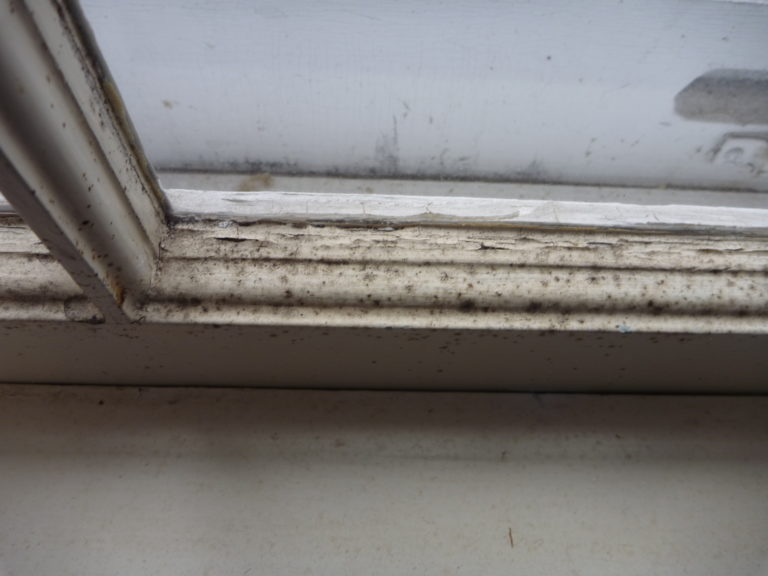
- Outdoors: Cladosporium is often found on decaying plant material, soil, and other organic matter. During certain times of the year, especially in the fall and spring, Cladosporium spores can become airborne and enter homes through open windows, doors, and ventilation systems.
- Indoors: Inside the home, Cladosporium can grow on damp or water-damaged materials, such as wood, wallpaper, carpeting, insulation, and HVAC systems. It is also commonly found in areas prone to condensation, like windowsills, bathrooms, and kitchens.
How to Recognize Cladosporium: Appearance and Characteristics
Recognizing Cladosporium in your home is essential for early intervention and remediation. While it can be challenging to differentiate Cladosporium from other types of mold, there are some key characteristics to look out for.
Visual Characteristics of Cladosporium:
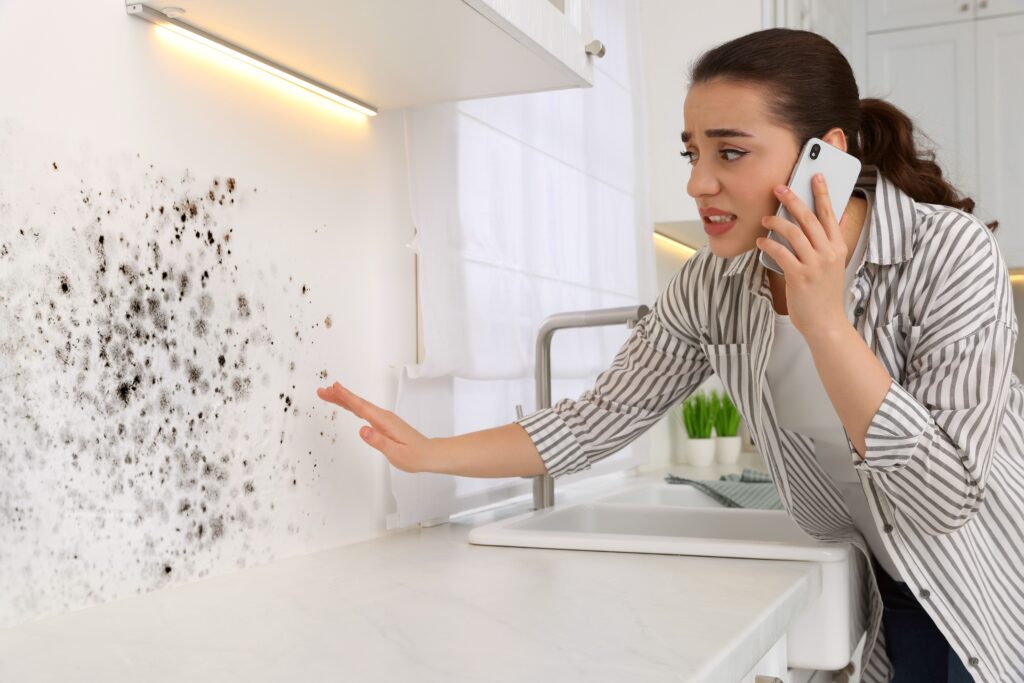
- Color: Cladosporium mold typically appears as dark green, brown, or black patches. The color may vary depending on the surface it’s growing on and the conditions of the environment.
- Texture: Cladosporium often has a suede-like texture when observed up close. It can appear velvety or powdery, depending on the specific species and the growth conditions.
- Location: Cladosporium is commonly found in areas with high moisture levels, such as bathrooms, basements, and kitchens. It can grow on a variety of surfaces, including wood, wallpaper, carpet, and HVAC systems.
Signs of Cladosporium Infestation:
- Musty Odor: One of the first signs of mold growth, including Cladosporium, is a persistent musty odor. This smell is often more noticeable in confined spaces with poor ventilation.
- Visible Growth: Dark spots or patches on walls, ceilings, or around windows are a clear indicator of mold growth. These spots may spread over time if not addressed.
- Water Damage: Areas that have experienced water damage, such as after a leak or flood, are particularly susceptible to mold growth. Cladosporium can quickly colonize damp materials like wood, drywall, and insulation.
Health Risks Associated with Cladosporium
While Cladosporium is not considered to be among the most toxic molds, it can still pose significant health risks, especially to those who are sensitive or have pre-existing health conditions.
Who is at Risk?

- People with Allergies: Cladosporium is a known allergen and can trigger allergic reactions in sensitive individuals. Symptoms may include sneezing, runny nose, itchy eyes, and skin rashes.
- Asthma Sufferers: Exposure to Cladosporium can exacerbate asthma symptoms, leading to increased wheezing, coughing, and difficulty breathing. In severe cases, it can trigger asthma attacks.
- Immunocompromised Individuals: Those with weakened immune systems, such as the elderly, young children, or individuals undergoing chemotherapy, are more vulnerable to infections caused by Cladosporium. In rare cases, Cladosporium can cause skin, eye, and sinus infections.
Symptoms of Cladosporium Exposure:
- Respiratory Issues: Inhalation of Cladosporium spores can lead to a range of respiratory problems, including coughing, wheezing, throat irritation, and shortness of breath. These symptoms are often more pronounced in people with asthma or other respiratory conditions.
- Allergic Reactions: As mentioned, Cladosporium is a common allergen. Allergic reactions can manifest as sneezing, nasal congestion, itchy or watery eyes, and skin rashes. Symptoms may be more severe during the fall and spring when spore counts are higher.
- Skin and Eye Infections: Although rare, Cladosporium can cause infections if it comes into contact with broken skin or the eyes. Symptoms may include redness, swelling, and irritation.
- Sinusitis: Prolonged exposure to Cladosporium can lead to chronic sinusitis, a condition characterized by inflammation of the sinuses. Symptoms include nasal congestion, facial pain, and a reduced sense of smell.
Why Testing for Cladosporium is Essential
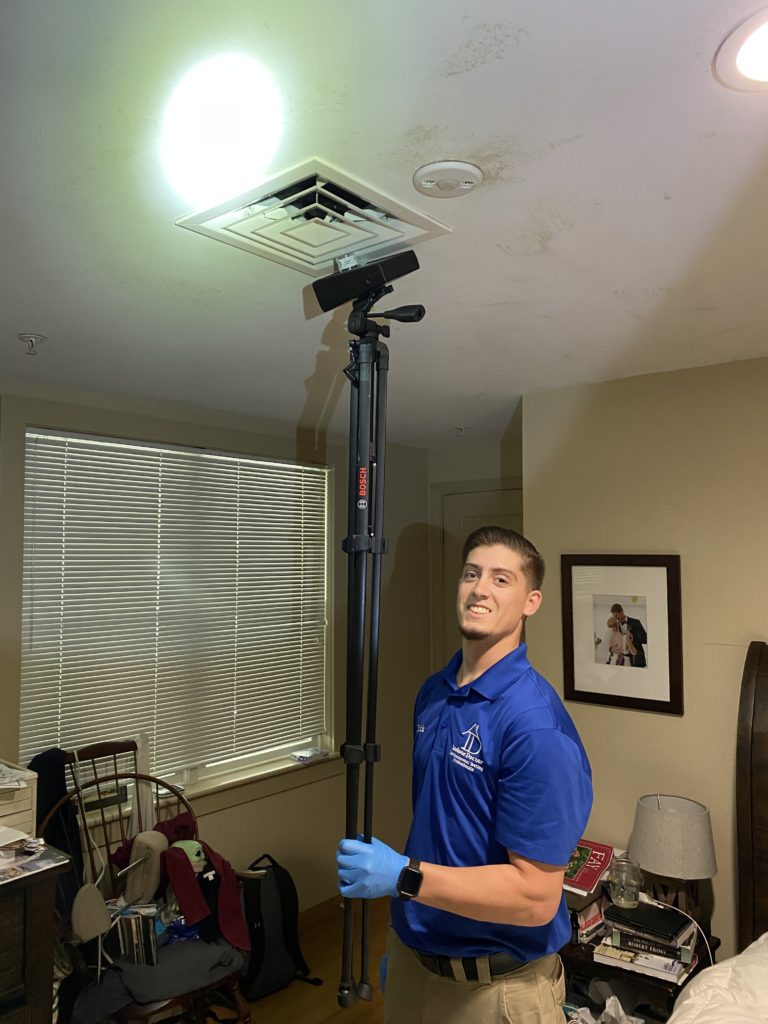
Given the health risks associated with Cladosporium, testing for this mold is crucial, particularly if you suspect an infestation in your home or if you or your family members are experiencing unexplained health issues.
The Importance of Mold Testing:
- Accurate Identification: Mold testing allows for the accurate identification of the mold species present in your home. This is important because different molds have different health risks and remediation strategies.
- Health Protection: Testing for mold can help protect your health by identifying potential sources of exposure. This is especially important for individuals with allergies, asthma, or compromised immune systems.
- Preventing Structural Damage: Early detection of Cladosporium can prevent further damage to your home. Mold can weaken structural materials like wood and drywall, leading to costly repairs if left unchecked.
- Documentation for Insurance Claims: If you need to file an insurance claim for mold damage, having documented evidence from a mold test can support your claim and ensure you receive adequate coverage.
Professional Mold Testing:
- Air Sampling: Professional mold inspectors use high-precision equipment to collect air samples from different areas of your home. These samples are analyzed in a laboratory to determine the concentration and species of mold spores present.
- Surface Sampling: In addition to air sampling, professionals can take surface samples from suspected areas of mold growth. These samples provide a more detailed analysis of the types of mold present and their potential impact on your health.
- Moisture Mapping: Professional mold inspectors often use moisture meters to identify areas of hidden moisture that could be contributing to mold growth. This technique helps pinpoint the source of the problem for effective remediation.
Preventing and Remediating Cladosporium Infestations
Preventing mold growth, including Cladosporium, requires proactive measures to control moisture and humidity in your home. If you already have a mold problem, timely and effective remediation is essential.
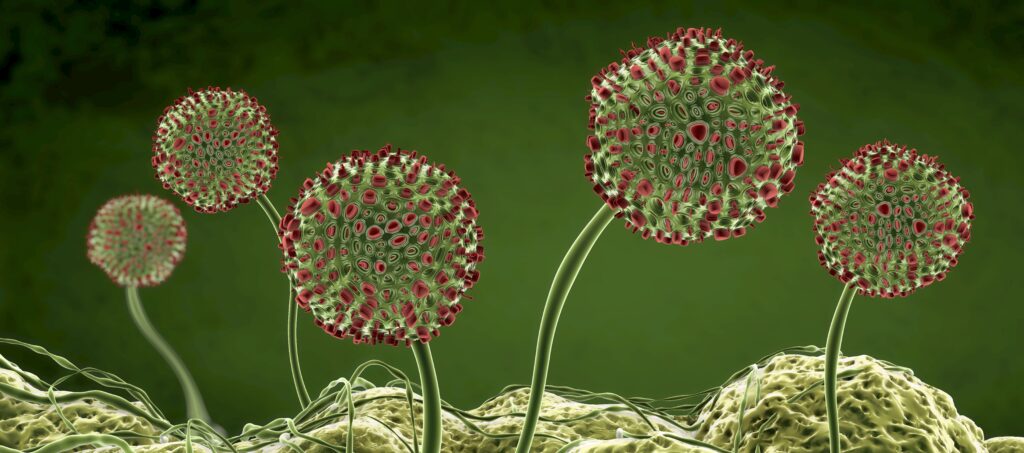
Preventing Cladosporium Growth:
- Control Humidity: Keep indoor humidity levels below 50% to prevent mold growth. Use dehumidifiers in damp areas like basements and bathrooms, and ensure proper ventilation in these spaces.
- Fix Leaks Promptly: Repair any leaks in your roof, walls, or plumbing as soon as they occur. Water damage is a common precursor to mold growth, so addressing leaks quickly can prevent mold from taking hold.
- Improve Ventilation: Ensure your home is well-ventilated, especially in moisture-prone areas like the kitchen, bathroom, and laundry room. Use exhaust fans to remove moisture and reduce the risk of mold growth.
- Clean and Dry Wet Areas: After a flood, spill, or leak, clean and dry the affected area within 24-48 hours to prevent mold growth. Pay particular attention to areas that may not be immediately visible, such as under carpets and behind walls.
- Use Mold-Resistant Products: When renovating or building, consider using mold-resistant drywall, paint, and insulation. These products can help reduce the risk of mold growth in your home.
Conclusion: Protecting Your Home and Health from Cladosporium
Cladosporium is one of the most common molds found in homes, and while it may not be the most toxic, it can still pose significant health risks, especially to those with allergies, asthma, or compromised immune systems. Recognizing the signs of Cladosporium, understanding the symptoms of exposure, and knowing how to test for and remediate this mold are essential steps in maintaining a healthy indoor environment.
If you suspect Cladosporium or any other mold in your home, don’t hesitate to take action. Professional mold testing and remediation can protect your health and prevent further damage to your property. By being proactive, you can ensure that your home remains a safe and healthy place for you and your family.
References
- Environmental Protection Agency (EPA). (2022). “Mold and Health.” https://www.epa.gov/mold/mold-and-health
- Centers for Disease Control and Prevention (CDC). (2020). “Facts about Mold and Dampness.” https://www.cdc.gov/mold/dampness_facts.htm
- World Health Organization (WHO). (2009). “Guidelines for Indoor Air Quality: Dampness and Mould.” https://www.who.int/publications/i/item/9789289041683
- Mayo Clinic. (2021). “Mold Allergy.” https://www.mayoclinic.org/diseases-conditions/mold-allergy/symptoms-causes/syc-20351519
- IndoorDoctor. (n.d.). “Cladosporium: What Is Cladosporium? How to Recognize It, Symptoms, and Testing.” https://www.indoordoctor.com/blog/cladosporium-what-is-cladosporium-how-to-recognize-it-symptoms-and-testing/
This expanded blog now includes comprehensive information about Cladosporium, its risks, testing methods, and remediation strategies, with additional references to credible sources for further reading.


